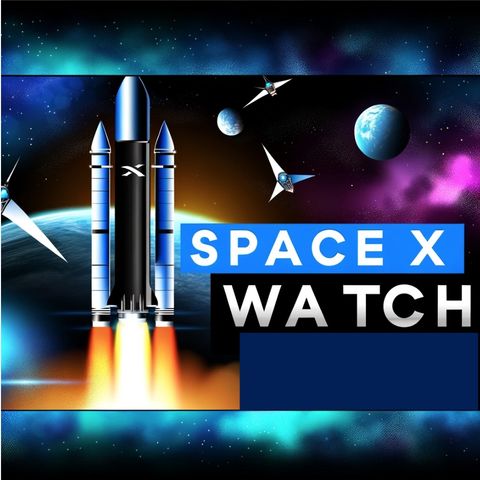Diverse Crew Collaboration Drives New Era of Space Exploration

Sign up for free
Listen to this episode and many more. Enjoy the best podcasts on Spreaker!
Download and listen anywhere
Download your favorite episodes and enjoy them, wherever you are! Sign up or log in now to access offline listening.
Description
Space exploration continues to push the limits of human ambition and achievement as diverse team dynamics and international collaborations become more integral to these elite missions. Recently, SpaceX's carefully selected...
show moreThis mission represents a significant feat not only in terms of its logistical and engineering achievements but also in its demonstration of international and multicultural teamwork. Space missions like these are complex operations requiring not just technical expertise, but immense coordination across cultural and national boundaries. The presence of an international crew, including American astronauts and Russian cosmonaut Aleksandr Grebenkin, highlights the ongoing collaboration in space exploration, despite tensions on Earth.
Commander Matthew Dominick, a US Navy test pilot, brought extensive experience in aircraft testing and operations which is indispensable in managing the unpredictable nature of space flight. Michael Barratt, serving as the pilot, contributed with his deep medical and engineering expertise, particularly beneficial in microgravity environments where human health is a constant concern.
Jeanette Epps brought her own unique qualifications to the mission as a mission specialist. Before joining NASA, Epps was a CIA technical intelligence officer, which provided her with a unique set of skills and experiences ideal for the multifaceted demands of space missions. Her role in the mission emphasizes the increasing inclusion of women in aerospace and her presence serves as an inspiration for young girls worldwide aspiring to careers in science and technology.
Russian cosmonaut Aleksandr Grebenkin’s participation is equally significant. His involvement exemplifies the longstanding tradition of Russian-American cooperation in space exploration that dates back to the Cold War era. This partnership continues to thrive, with joint missions being crucial for the continued operation and success of endeavors like the International Space Station.
The significance of this mission extends beyond its immediate scientific and explorative goals. It’s a testament to the unifying power of a shared, human quest for knowledge and the expansion of our collective horizons. It reminds the world that space exploration often brings out the best in us, requiring individuals from various backgrounds to work together towards a common goal, transcending earthly disputes.
As space missions become more frequent and ambitious, the emphasis on diverse teams will likely increase, reflecting a microcosm of effective global cooperation. Missions like the one led by Dominick, Barratt, Epps, and Grebenkin not only advance our understanding of space but also demonstrate the potential for international cooperation in overcoming some of the greatest challenges facing humanity.
Information
| Author | Katie Brown 2 |
| Organization | William Corbin |
| Website | - |
| Tags |
Copyright 2024 - Spreaker Inc. an iHeartMedia Company
